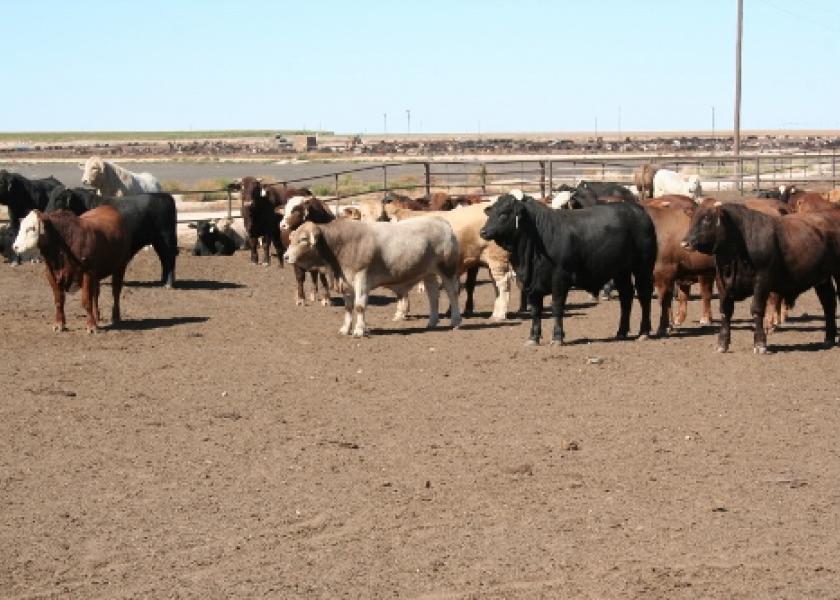USDA Modifies Branding Requirements for Mexican Cattle

The USDA’s Animal and Plant Health Inspection Service (APHIS) has published a final rule updating requirements for identifying cattle imported to the United States from Mexico.
APHIS has required permanent identification for imported Mexican cattle to improve traceability and help prevent spread of tuberculosis and brucellosis, which remain endemic in parts of Mexico.
Currently, cattle imported from Mexico carry at least two forms of identification, generally a brand and an approved eartag. For feeder cattle, the requirements have specified that steers are branded with an “M,” while “Mx” designates spayed heifers. An “MX” brand or tattoo identifies breeding bovines imported from Mexico.
The new rule will simplify the brands to a simple “M,” while increasing the size of the brand and moving the brands for sexually intact bovines to the right shoulder of the animal. Under the new rule, the brands must be between 3 inches and 5 inches high and wide. For feeder cattle, the “M” mark must be applied to each animal's right hip, with the top of the brand within 4 inches of the midline of the tailhead above the hook and pin bones. The brand should also be within 18 inches of the anus.
An “MX” ear tattoo remains an option for breeder cattle instead of a brand since they have not caused a readability problem and are considered a permanent form of identification.
According to APHIS, the changes will simplify the branding process while helping reduce or eliminate branding errors, rebranding and cattle rejections at port-of-entry inspection.
USDA published this final rule on December 14, and it becomes effective 30 days later, on January 13.







